
All categories
Featured selections
Trade Assurance
Buyer Central
Help Center
Get the app
Become a supplier

(2052 products available)



























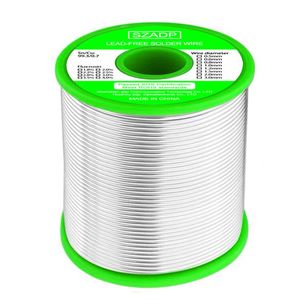
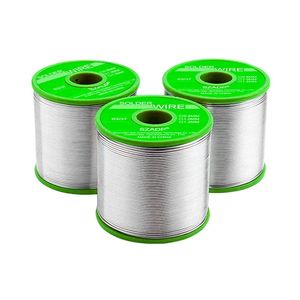


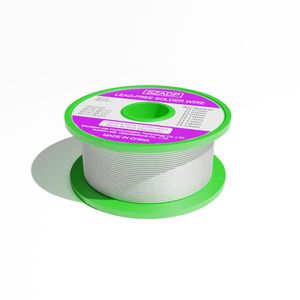















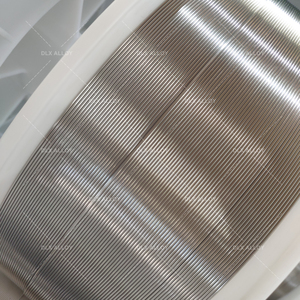
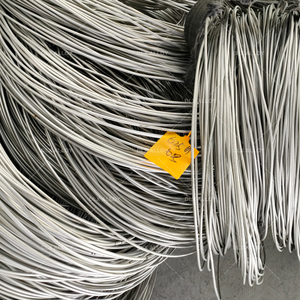


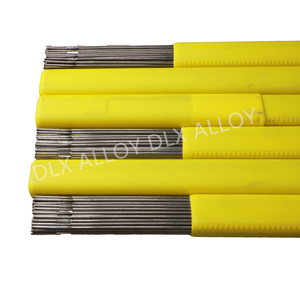
Inconel 625 weld wire offers multiple types that provide unique features and benefits to meet various industrial requirements. The choice of 625 inconel wire type depends on the specific welding technique or application needs and compatibility with varying materials.
This is a low-hydrogen electrode that is primarily used for weld deposits in this alloy under all conditions. This alloy has a good yield strength and can thus be used for heavyweight structural works and for wear and environmental resistance in aggressive environments. This electrode is used with D.C. and A.C. and helps in the welding of non-corroding deposits.
The E308L is an electrode of stainless steel used in welding these dissimilar metals. This is for welding stainless steel and maintains the low carbon content so that it will reduce the carbide precipitation on the weld and heat-affected zone. This is for welding where there would be moderate corrosive mediums. This electrode is good for low temperatures.
This is similar to the E308L in its structural and compositional application, but it is alloyed with molybdenum, which provides enhanced welding deposit resistance. This wire is used for welding environments with more corrosive elements and seawater. The E316L is used where pitting and corrosion might be otherwise prevalent, particularly in marine applications.
ER NiCu-7 is a filler metal used in inconel 725 welding to nickel-copper alloys. The 625 inconel wire is known for corrosion and stress-corrosion resistance. The ER NiCu-7 filler is used primarily in shipbuilding and marine engineering, providing welds with good integrity over copper and nickel alloys.
The inconel 625 wire is designed and manufactured to have superior welds in the most demanding applications. These features highlight the versatility and strength of Inconel 625 weld wire.
Inconel 625 is a nickel-chromium-molybdenum alloy developed for superior strength at high temperatures and corrosion resistance. Wire gauges are 0.50-3.00 mm, with 0.90-2.80 mm being a common variety. Contains 58% nickel, 20% chromium, 9% molybdenum, and 3% niobium. This composition provides excellent weld wire strength. The wire is manufactured with alloy materials that meet the JIS, ASTM, and ASNI standards for weld applications. The wire comes in different coil designs, with plastic spools and containers the user can easily carry.
One of the key characteristics of Inconel 625 weld wire is its ability to resist corrosion. This makes it a useful wire across industries such as chemical processing, offshore oil, and gas exploration, and marine environments. Its composition enables it to withstand oxidizing agents and corrosive mediums. The inconel wire is also packaged in anti-corrosion wraps, hence maximizing its usage time.
The 625 alloy can be used at elevated temperatures without losing strength or crystal structure. It thus becomes suited for applications like jet engines or gas turbines that operate at very high temperatures. The wire can be drawn to thinner diameters without losing essential tensile strength. It is also fatigue-resistant to guarantee weld integrity even under fluctuating stress conditions.
Inconel 625 weld wire can be used with all the common welding techniques. These include shielded metal arc welding (SMAW), gas tungsten arc welding (GTAW), and sub-arc welding (SAW). Its ease of use allows for consistent and quality welds across applications.
The 625 inconel is suited for industries that work with high temperatures and aggressive environments. It is especially useful for the various demanding applications within commercial settings.
In aerospace, Inconel 625 wire is integral to the hypersonic aircraft heat shield. This makes it suited to protect components from the extreme heat of hypersonic flight. It also has the bodywork of the X-15 and the shuttle, where the alloy resists ignition, maintains strength, and supports the vehicle structure's integrity.
As the wire resists seawater and is fatigue-resistant, it is used in shipbuilding and submarines. It allows for long-term corrosion and wear resistance, which is pivotal for both vessels' structural integrity and long service life of critical components.
A threat from acid gas, which is CO2 and H2S, putting any steel risk is a part of processing in oil and gas extraction. The welds of Inconel 625 are resistant to this sour service and protect against the gas's acidity.
The wire allows for a greater service life, making it more favorable. There are less replacement needs, which means fewer disturbances in production, thus enhancing the wire's cost efficiency. It allows for a reduced overall operating cost with decreased downtime and extended equipment life.
The chemical processing industry uses chemicals in various concentrations and temperatures. The weld wires of Inconel 625 are resistant to most chemical attacks. This makes it easy and safe for chemical processing equipment like reactors, heat exchangers, and piping systems.
Making the right production choice for Inconel-625 weld wire calls for buyers to consider several crucial factors to come up with welds with integrity and applicability in mind. Here are the critical aspects that should guide the process.
Inconel 625 weld wire is generally used with many popular welding techniques. These include gas tungsten arc welding (GTAW), shielded metal arc welding (SMAW), and sub-arc welding (SAW). Getting the right weld wire for the welding technique being employed will ensure ease of management and quality. For instance, the E308L weld wire makes a great option for GTAW due to its ease of processing. On the other hand, the E7018 weld wire is better suited for SMAW.
A major feature of inconel weld wire is that it possesses excellent anti-corrosive properties due to the alloying elements. These include 20% chromium and 9% molybdenum. Buyers looking to conduct welding in chemical processing, marine, or oil and gas industries should thus settle for wires that come with superior anti-corrosive resistance. This ensures longer wire life.
Inconel 625 wire comes in various diameters or gauges, ranging from 0.50 mm to 3.00 mm. The wire gauge determines the rate of metal deposition and penetration. The smaller wire diameters are suited for thinner base metals. These allow for fine control and minimize distortion. In contrast, larger diameters are better applicable for thicker materials that require greater weld deposits.
Inconel 625 alloy material composition contains 58% nickel, 20% chromium, 9% molybdenum, and 3% niobium. This gives it superior strength even when exposed to high temperatures. It is thus better suited for aerospace, energy, and other applications with extreme conditions. Buyers have to ensure they choose a wire where the alloy material used meets their application needs.
A1: It is due to its alloy composition that is made for superior strength and corrosion resistance compared to other wires. The Inconel 625 alloy is made of nickel, chromium, and molybdenum, which provide excellent resistance to extreme temperatures and corrosion. This makes it useful in the aerospace, marine, chemical processing, and other industries where the environment could be extreme or aggressive.
A2: Inconel 625 weld wire can hardly perform in environments with much lower than 45 % relative humidity. What makes it suitable for corrosion-resistant of dissimilar metals is the variegated alloy composition, which allows it to expand and contract without cracking. This makes it a common choice for applications like welding stainless steel to carbon steel or other less corrosion-resistant materials.
A3: Inconel 625 weld wire is commonly applied in industries that deal with high-temperature and aggressive environments. These include aerospace components, marine engine parts, chemical processing equipment, and oil and gas extraction facilities. Its ability to resist corrosion, stress, and extreme temperatures makes it ideal for piping and heat exchangers.
A4: The wire diameter controls the rate of deposition and penetration during welding. Thus, it is crucial to the quality of the bond. Thin wires are better for delicate jobs and thinner base metals. In contrast, thicker wire diameters are for bulkier structures and thicker metals. The right diameter ensures good fusion with the base material while leaving no distortion.